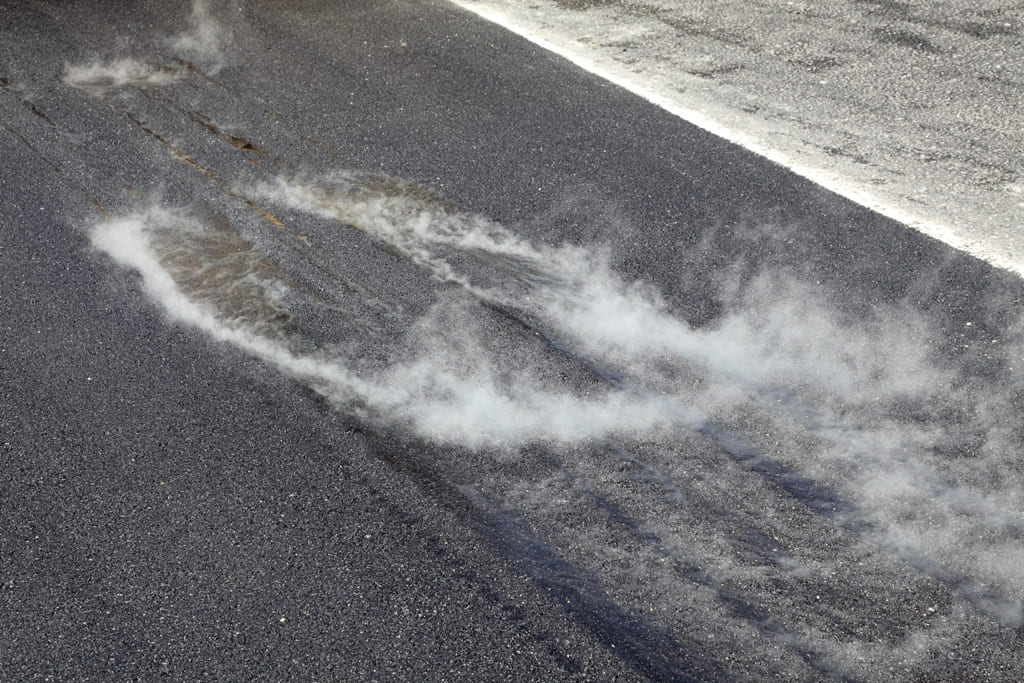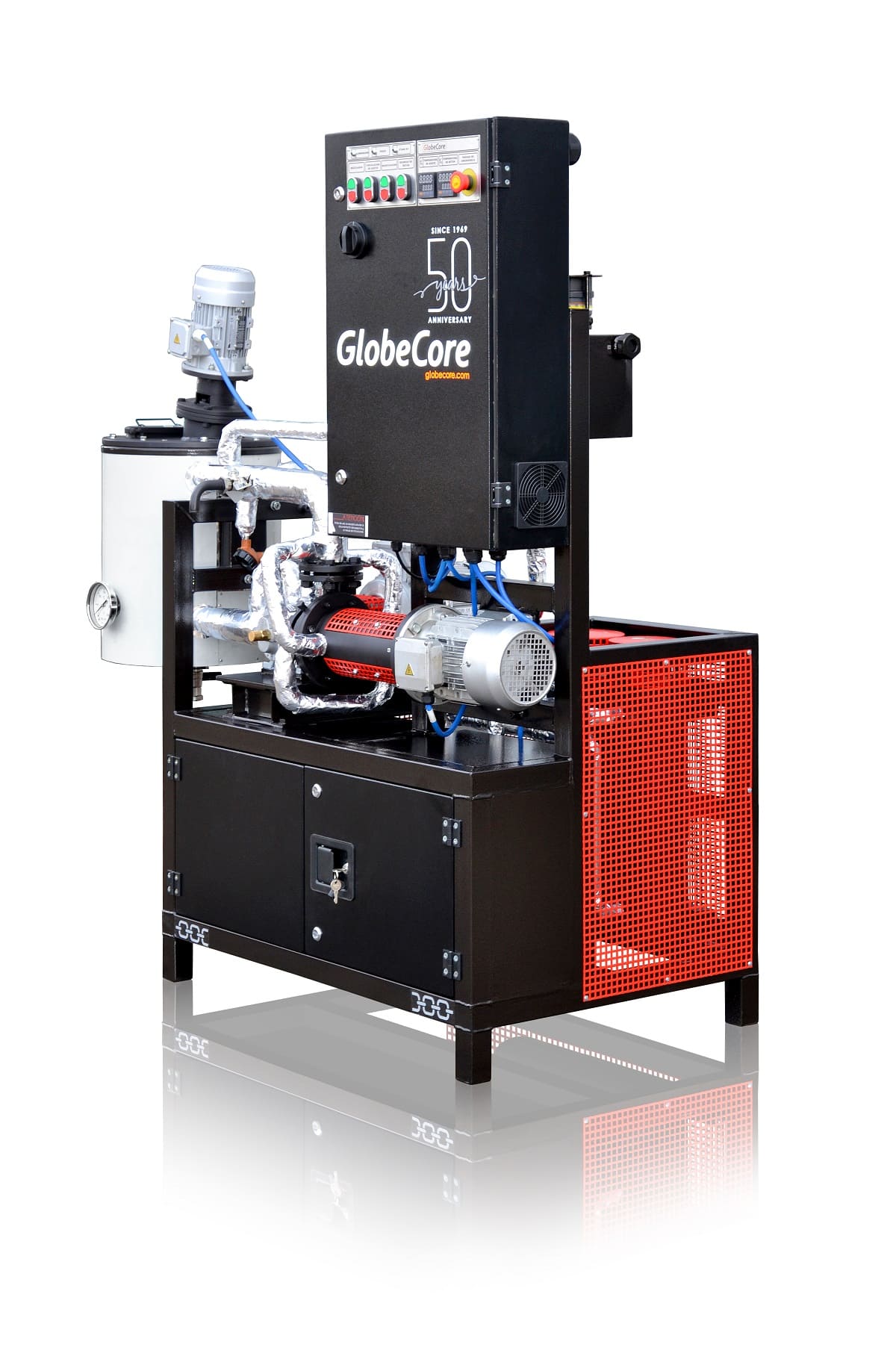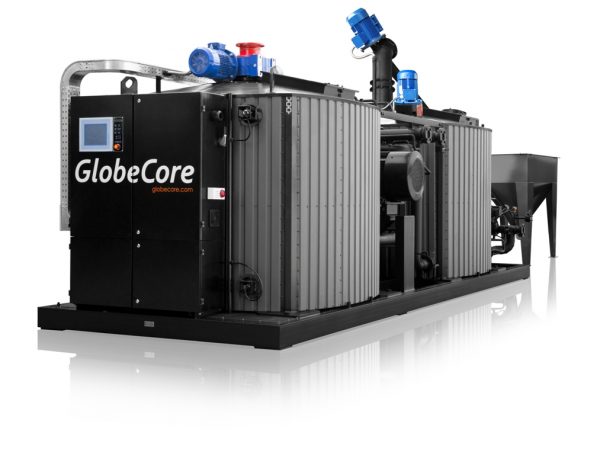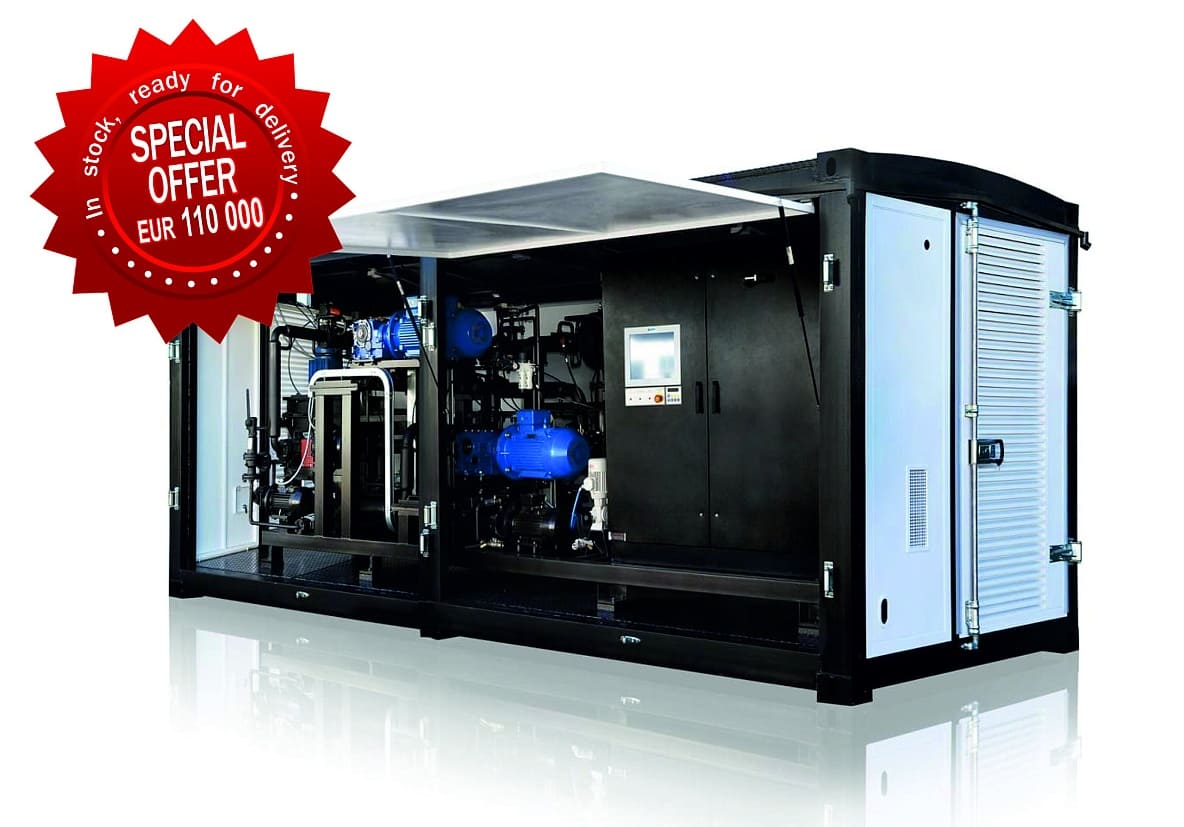Oil-based road construction bitumen is the main binding substance used in construction and repair of roads; it is elastic, can withstand low temperatures and temperature deviations without breaking, and resists deformations. However, specific operation of high load objects such as bridges, overpasses etc require higher quality of asphalt pavements.
Normal bitumen cannot entirely meet these requirements. Besides, traffic loads increase every year. New materials and technology processes are being developed around the world; the work is focused in improving pavement durability by correcting the requirements to physical and chemical properties of materials in the current conditions.
Bitumen modification is one direction of research. The search for the most efficient modifiers, development of optimal PMB and polymer-bitumen emulsion formulas, the and viability analyses, which began in the 1950s, is ongoing. The guiding beacon for making technology decisions are the practical result experience, constantly updated.
The economically viable modifiers for natural bitumen are accessible and profitable in use. From the process viewpoint, creation of bitumen-based compound materials requires the use of modifiers which:
- withstand the process temperature of asphalt mix production;
- compatible with bitumen for mixing with regular equipment and traditional asphalt process temperature;
- improve resistance of bitumen in the pavement to shear loads in summer, but do not increase viscosity at mixing and application temperatures, and also do not make bitumen hard or brittle in low temperatures;
- stable chemically and physically, retain their properties in storage, in processing and in the real pavements.
A significant amount of experience has been accumulated in pavement construction and repairs using compounds based on bitumen and such materials as sulfur, rubber (polybutadiene, natural, butyl rubber, chloroprene etc), organic manganese substances, thermoplastic polymers (polyethylene, polypropylene, ethylene vinyl acetate (EVA), thermoplastic rubbers (polyurethane and olefinic copolymers) as well as block copolymers of styrol butadien styrol (SBS).
The most common are SBS polymers due to their ability to not only improve bitumen strength, but make the compound elastic, as all polymers do, at low polymer concentration (3÷5% of bitumen mass). The use of SBS-modified bitumen in an asphalt mix ensures rapid release of tensions caused by the moving traffic in the pavement. More widespread application of SBS-based polymer binding compounds is prevented by the high costs (practically doubles the cost of bitumen binding).
The nature and efficiency of modification effect depends on the structure of the newly formed bitumen-polymer compound.


 USB-3 Bitumen modification ...
USB-3 Bitumen modification ... USB-3 Small Plant ...
USB-3 Small Plant ... USB-3 Bitumen modification ...
USB-3 Bitumen modification ...